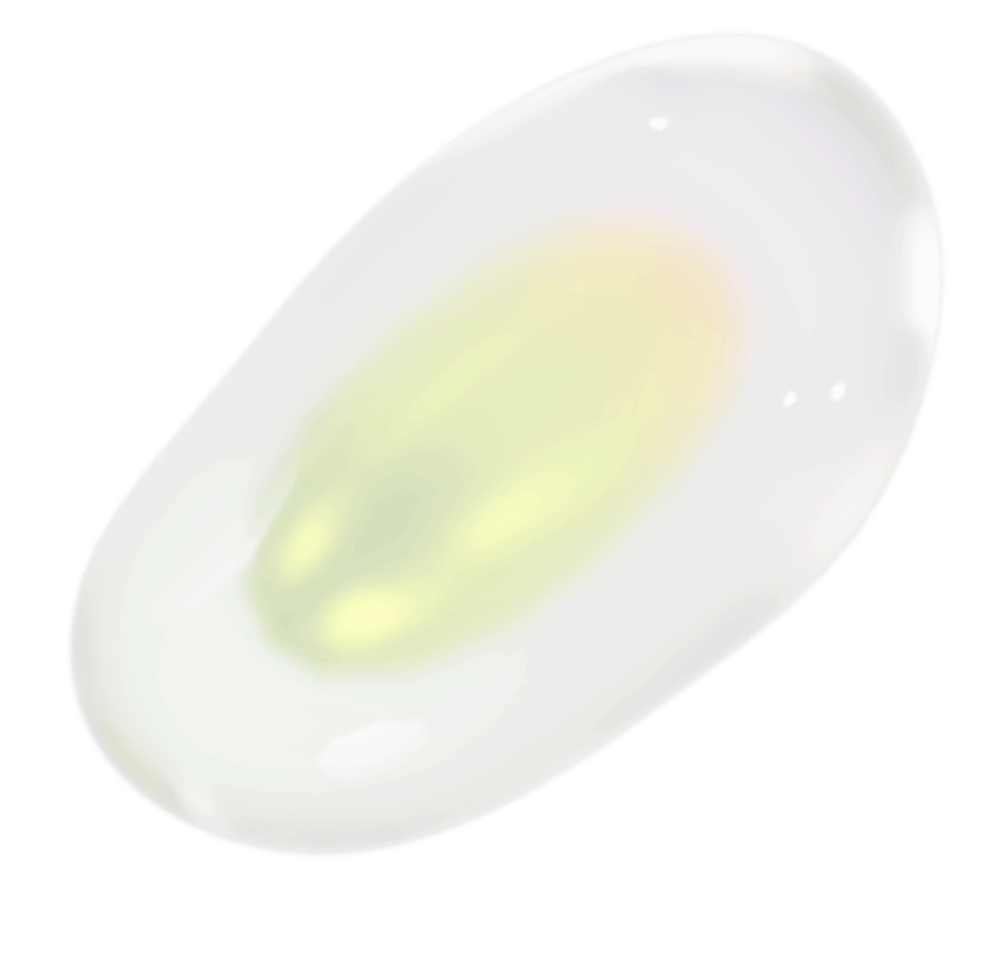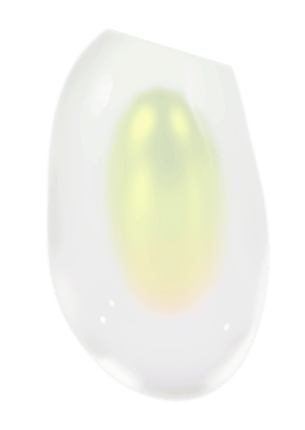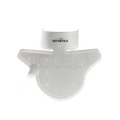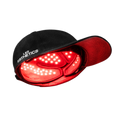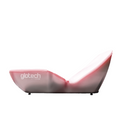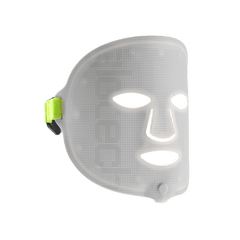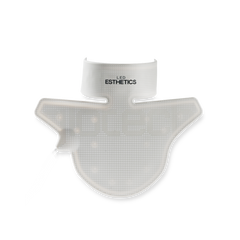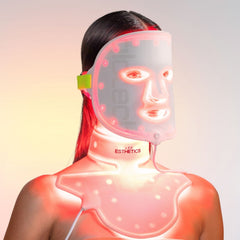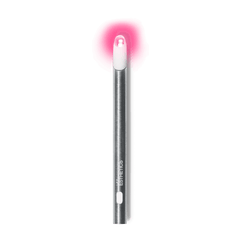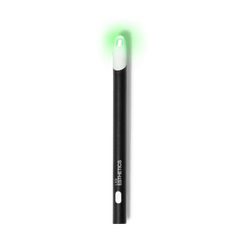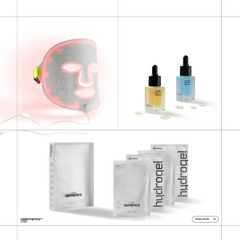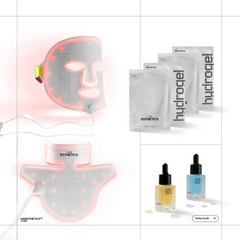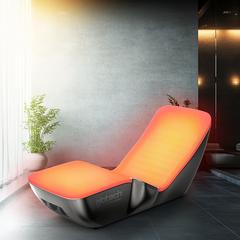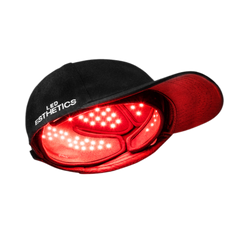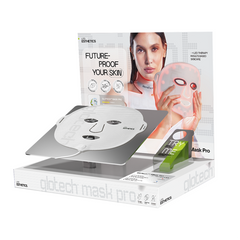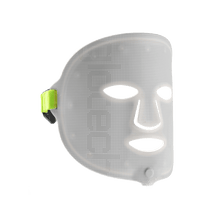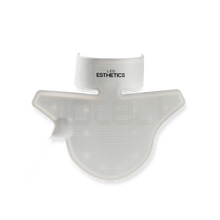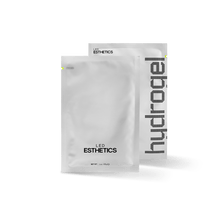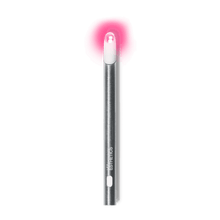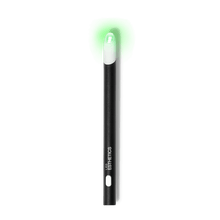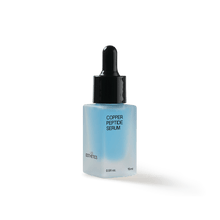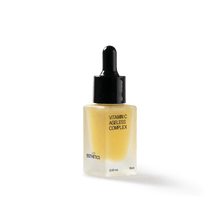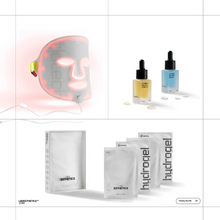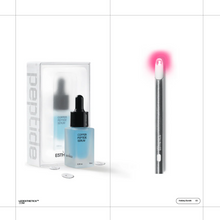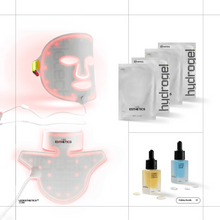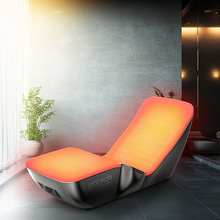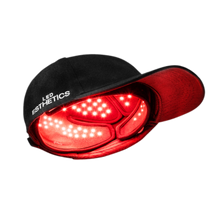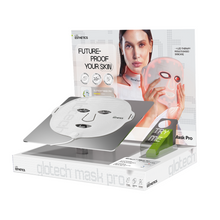
If you have hyperpigmentation, you might still be looking for a solution to your problem. You may have already tried common treatments like topicals and chemical peels, but this time you're looking for something a little softer or even more organic. Red light therapy for hyperpigmentation is now available.
.
Skin discoloration will be covered in this article. We'll also respond to the question "Is red light therapy effective for hyperpigmentation?" "Does red light therapy make hyperpigmentation worse?," and "Does red light therapy improve hyperpigmentation?" Finally, we'll explore how the cutting-edge treatment of red light therapy for hyperpigmentation can genuinely be a potent way to a "brighter" life.
Hyperpigmentation: What is it?
.
Patches of your skin that are darker than the rest of it are a symptom of the illness known as hyperpigmentation. The skin's excessive melanin production is what causes this.
.
Your skin, hair, and eyes all have pigmentation thanks to a protein in your body called melanin. The hue of your skin darkens as more melanin is produced. Hyperpigmentation can occur in persons of all races, although it seems to be more prevalent in people of color whose darker skin tones already have an abundance of melanin.
What causes hyperpigmentation?
.
Melanin is processed by the body for biological as well as cosmetic reasons. For example, it works well as a sun protector. This skin pigment's natural ability to absorb and filter UV rays and blue light protects DNA from deterioration. Reactive oxygen species, often known as ROS, are unstable chemicals that can damage protein and DNA strands and even kill cells.
.
Therefore, melanin in the proper proportions can be helpful to humans. However, the body swings into emergency mode and overproduces melanin to defend our skin cells when they are harmed or unwell. Although race may play a role, the following can also cause hyperpigmentation:
.
1. Medication
.
Such as: Oral contraceptives, Light-sensitive medications, Nsaids, non-steroidal anti-inflammatory drugs, Antimalarials, Psychotropic substances (drugs that affect the brain like antidepressants)
.
2. Health Disorders
.
Common examples may include: Adrenal disorders, Hormonal changes, Vitamin deficiency, Thyroid disorders
.
3. Skin injuries or inflammation
.
Including: Acne, Rashes, Burns, Cuts, Bruising
.
4. Sun Exposure
.
This is one of the most common causes! Be sure to apply SPF before going outside (but NOT right before your Glotech treatment)
.
5. Genetics (i.e. Freckles)
.
6. Aging
.
Normal signs of aging can result in "age spots," which are also commonly exacerbated by sun exposure over the years.
.
7. Alcohol
.
Yes, we hate to be the bearer of bad news, but excessive alcohol consumption can lead to redness and ultimately hyperpigmentation
Dealing with hyperpigmentation
.
As you can see, there are various factors that can induce hyperpigmentation alone or in combination. As a result, it's important to take initiative when you can. For example, you can adjust your lifestyle by avoiding alcohol, applying sunscreen, and avoiding the sun. You can also take vitamin supplements. To avoid damaging the skin, stop picking at scabs and patches as well. Additionally, you can apply skin-lightening topicals such vitamin C creams, kojic acid for melasma, and alpha hydroxy acids.
.
These might not, however, be sufficient to remedy your skin discolouration. Additionally, some substances in facial lotions and ointments may cause your skin to become sensitive. Laser or chemical peels might be an option, although they might be intrusive and uncomfortable. Additionally, there is a chance that these therapies will cause scars, infections, or edema. Red light therapy for hyperpigmentation is being brought up.
Red Light Therapy
.
Is red light therapy effective for treating hyperpigmentation? Learn more about red light therapy for hyperpigmentation before we respond to that.
.
Scientifically validated red light therapy for black spots imitates the sun's potent healing properties without the risks of UV radiation exposure. Red light treatment was actually first tested by NASA, who also found that it had the potential to treat wounds and grow plants in space. The therapy makes use of low-level red or near-infrared light wavelengths and advances in technology (or both). These are directed at the area of the body or face that needs treatment, absorbing the energy-emitting light waves. As a result, the mitochondria, or "power plants," in our cells, start to work overtime. They can work at their best to carry out tasks like promoting collagen, generating new cells, and skin regeneration thanks to the energy boost.
Red Light Therapy for Hyperpigmentation: How Does It Work?
.
1. Cellular level penetration
.
The melanocytes, the highly developed cells that create melanin, are located in the deepest layer of the epidermis, or outer layer of the skin. The pigment is produced at a rapid rate when they become overexcited. Red light therapy for hyperpigmentation uses long wavelengths that can reach the tissues deep within the body. They can lessen the quantity of hyperactive melanocytes because to this property. Red light treatment for hyperpigmentation can therefore address the issue at its root while being incredibly mild on the skin!
.
2. It enhances the skin's natural ability to defend itself.
.
In addition to treating hyperpigmentation, red light therapy can help the skin become more resistant to damaging UV radiation. The main cause of melasma, future sun damage, is successfully eliminated as a result.
.
3. It prevents premature aging
.
How about aging, another factor that stimulates the synthesis of melanin? This is another area where red light therapy for hyperpigmentation can be beneficial! According to studies, red light therapy for hyperpigmentation can also improve the appearance of the skin. Additionally, it can increase skin hydration and plumpness, thereby halting premature aging and its signs.
.
4. It treats skin injuries and lessens their effects on melanin production.
.
But what if you suffer from skin conditions or wounds? Does receiving red light therapy worsen hyperpigmentation? Additional research shows that red light therapy for hyperpigmentation is a safe and effective approach to treat skin-darkening acne and scars, so the answer is "no" as obvious as day. Additionally, it increases blood flow to the tissues, which lessens swelling and redness. Red light therapy for hyperpigmentation is also non-toxic, non-invasive, and hence easy on the skin due of its low frequencies.
Brighten Up with Glotech™ Red Light Therapy
.
Ready to let the light shine on your skin? Then brighten up with LED Esthetics, the most trusted authority in LED light therapy. LED Esthetics has captured the healing powers of the natural world in the trendiest at-home wellness tools. All our Glotech™ Devices offers red light technologies in an innovative design for busy lifestyles. The gentle, non-invasive treatment mimics low-level wavelengths in natural sunlight to target red, uneven skin and enhance your natural glow.
